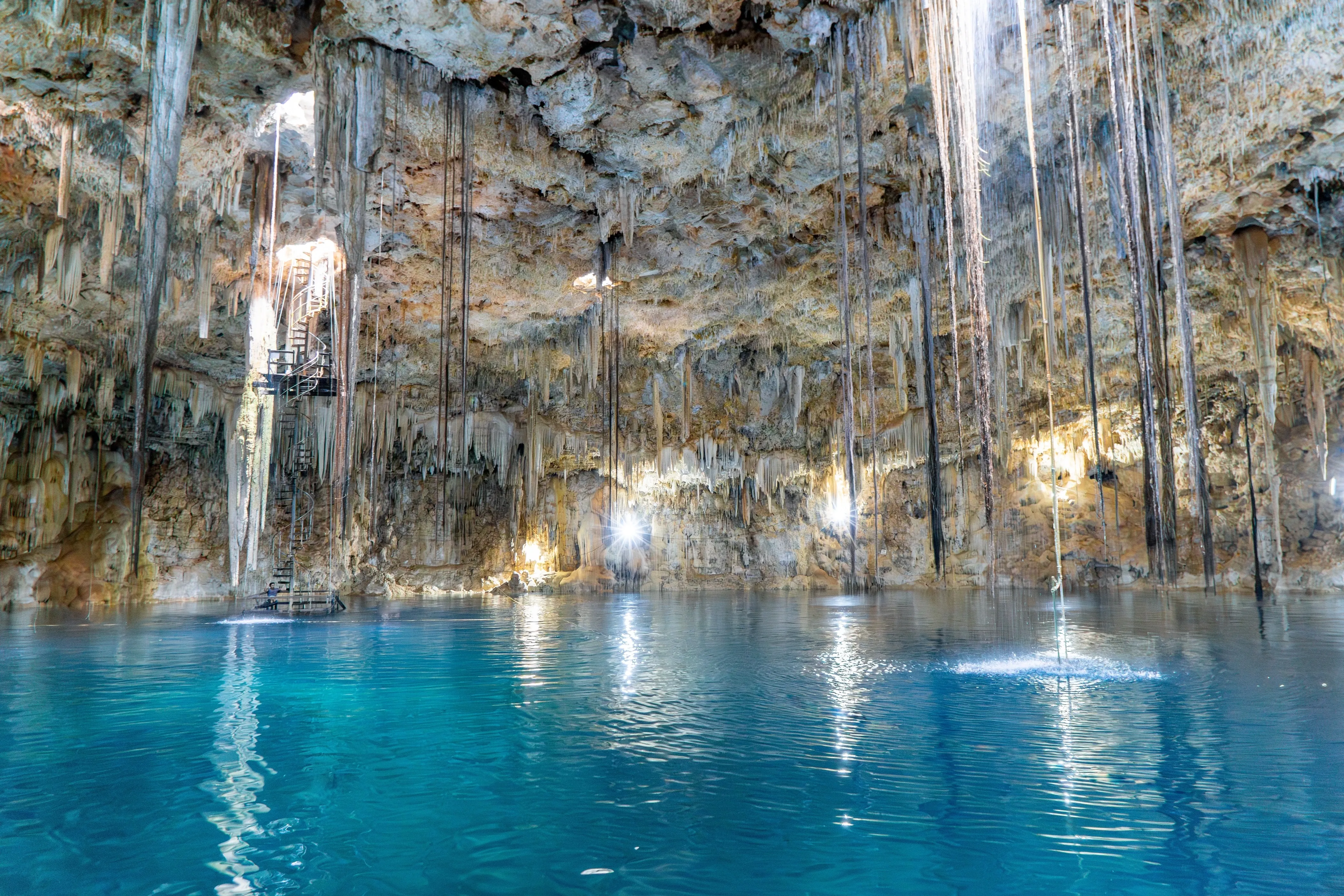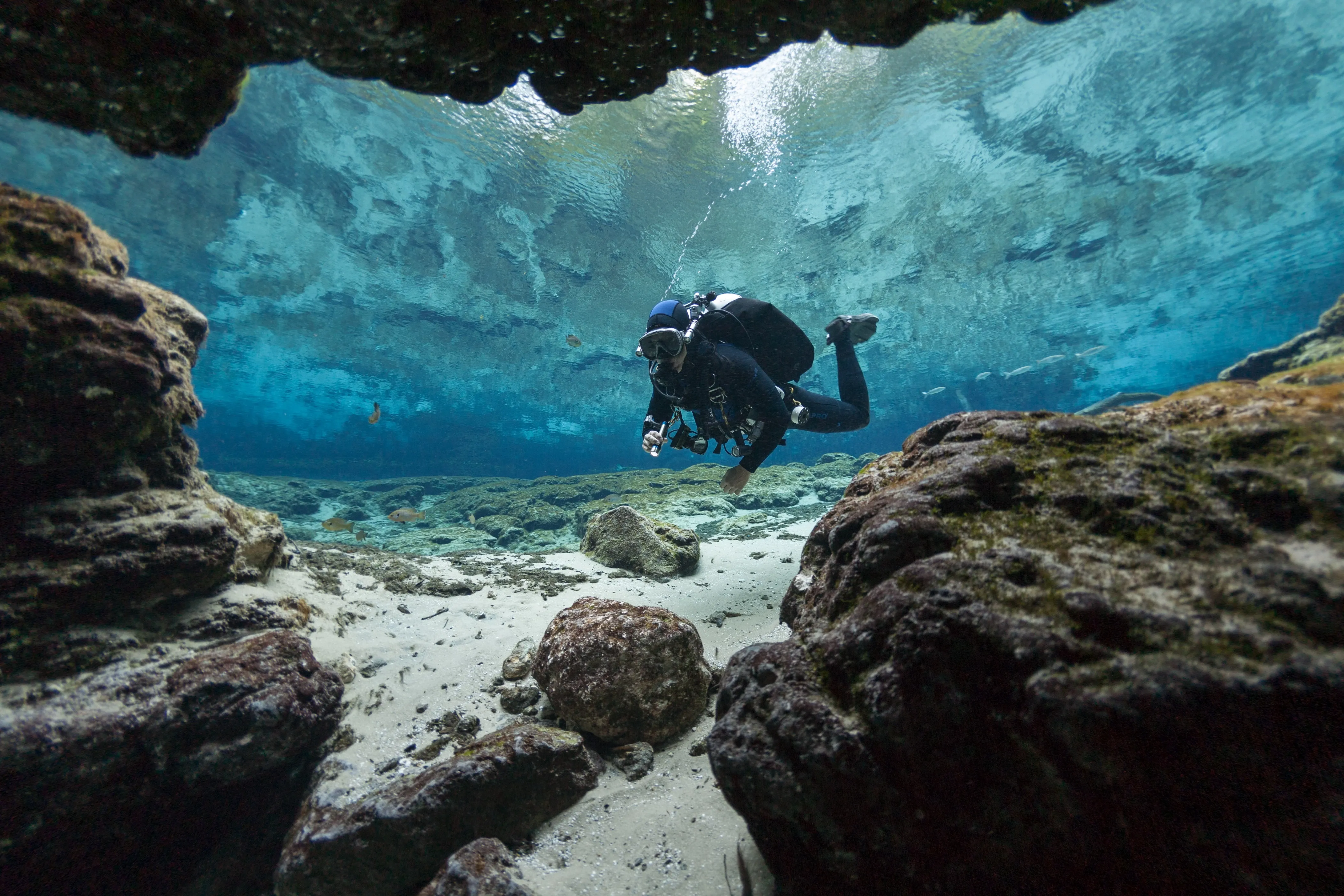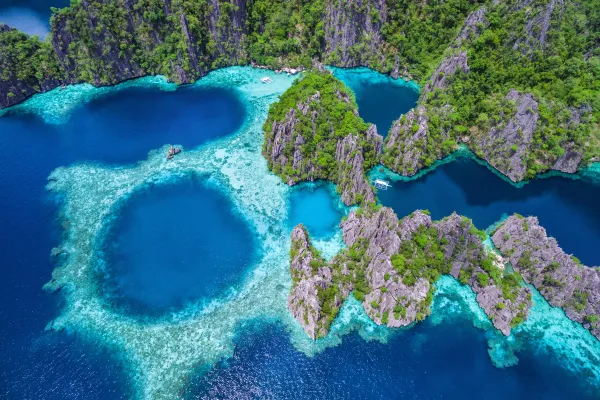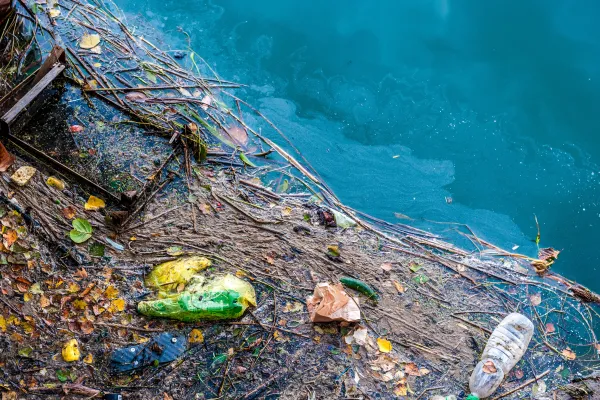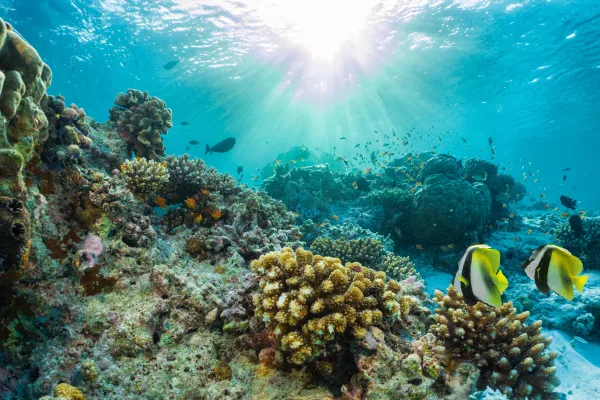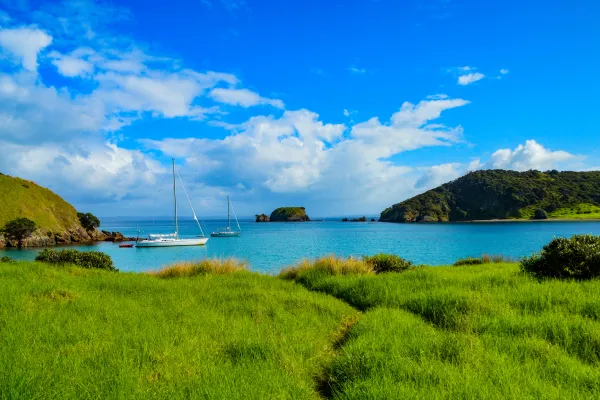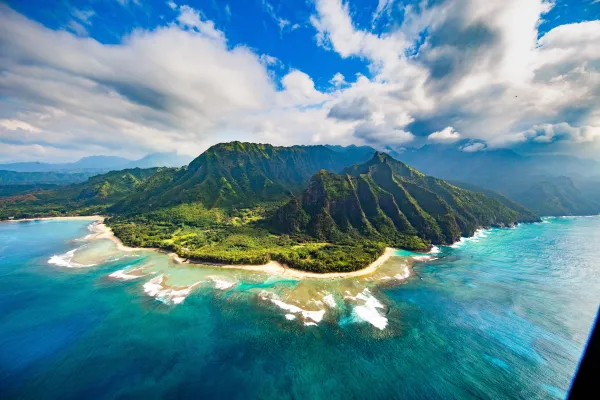The world’s best cave diving spots
Submerged in the dark and all-consuming waters of underwater cave systems offers a thrilling experience, providing another form of scuba to spice up your diving game. Cave diving does require extra care and responsibility, but when executed safely it can be a truly exhilarating activity.
You may see species, ecosystems, and geological formations otherwise inaccessible to most people. Scattered across the global oceans, marine caves are as varied as the locations they are found in - here are some top picks for your next trip.
A background on marine caves
The mysterious depths of the unknown create a magnetic pull towards marine caves for many divers who encounter them in the natural seascape. The stark contrast between warm sunlight filtering through the water column with the cool, black darkness that looms from within these caves is captivating. Carved by the salty hand of the sea over thousands of years, the intricate crevices, shifting shadows and towering rock formations found within marine caves are truly magical to see.
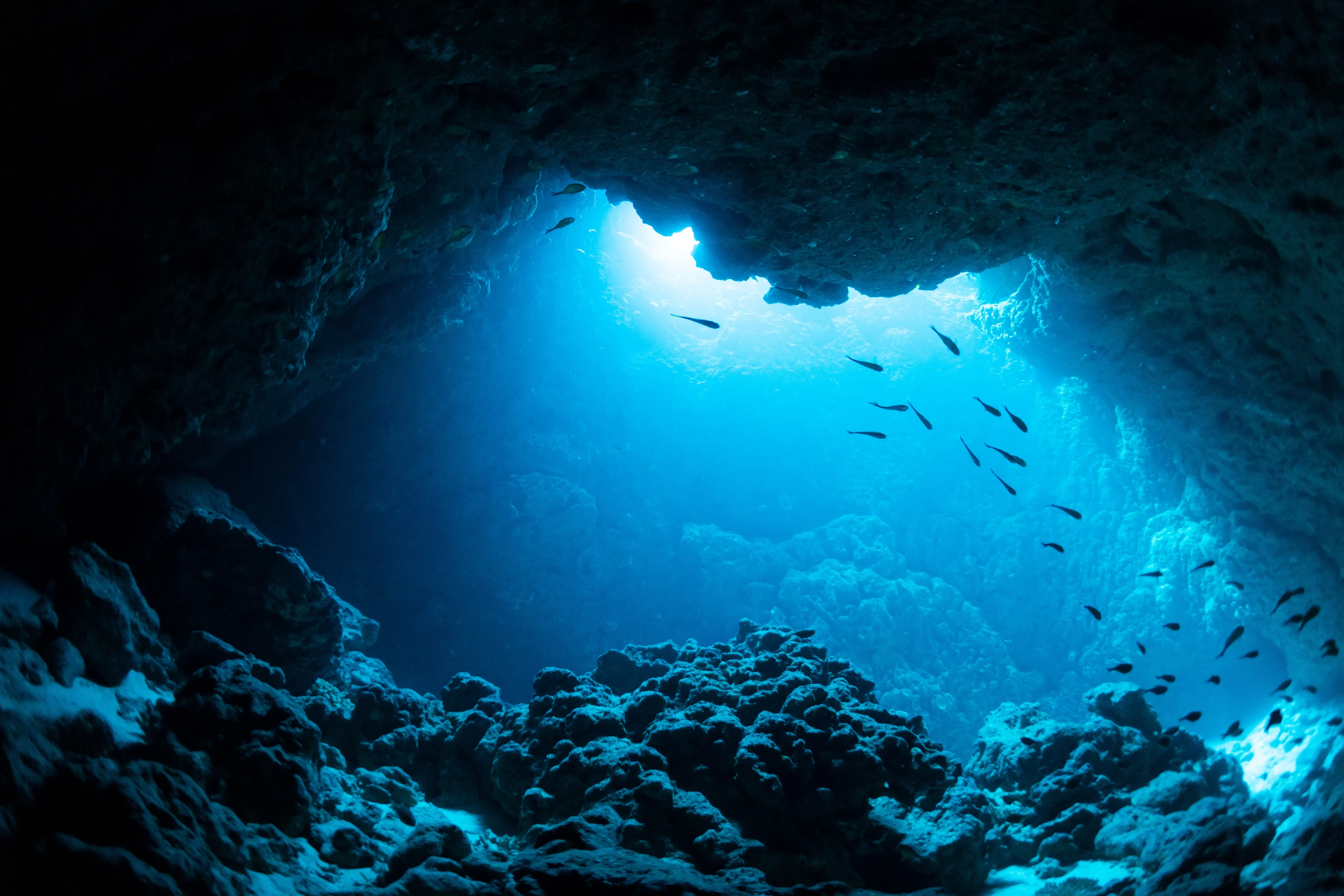
Most marine caves form through gradual abrasion and dissolution of rock formations, at natural points of weakness such as fissures and fault lines. Over time, the constant action of waves, which often carry debris such as rock fragments and sediment, wears away at the rock leaving gaping holes which become marine caves. This process is much faster in sedimentary rock types, such as limestone and sandstone, compared to igneous rock such as granite - and so many of the most varied and exciting coastlines are found where the underlying geology is sedimentary.
As well as impressive architecture, marine caves form a rare and important habitat for a range of unique, elusive species which adds to the sense of enchantment they create. From coral gardens full of sponges and urchins, to the stealthy lengths of moray eels lurking in the shadows, marine caves are rich and diverse despite their dark and seemingly uninhabitable appearance.
The best spots for cave diving
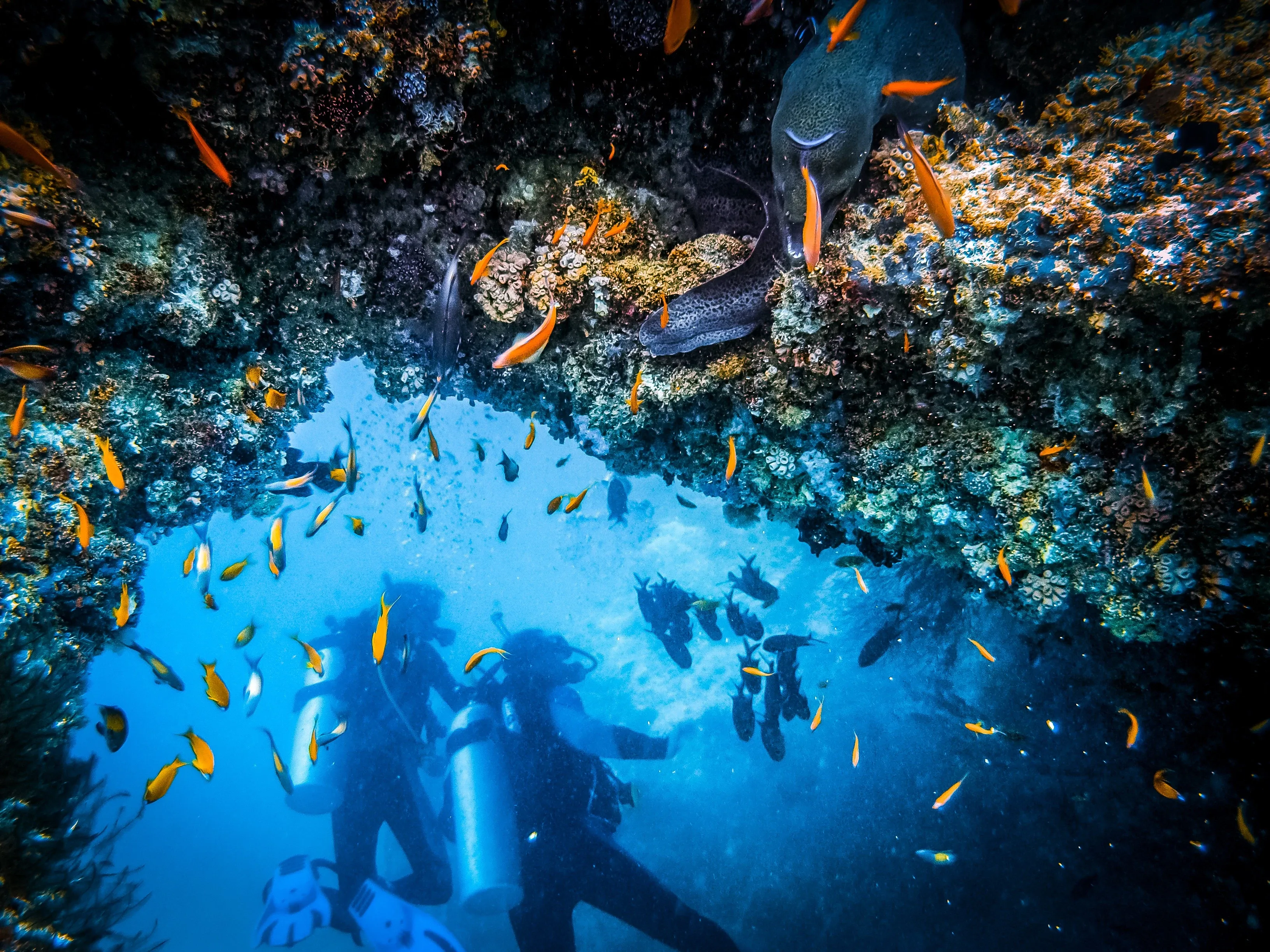
#1 Cathedral cave, Hawaii
Known as the ‘Cathedrals of Lanai’, this dive site hosts a cavernous setting in the twists and turns of ancient lava tubes. The grand architectural structure of the cave system is almost as impressive as the carpet of marine life covering the cave walls and ceilings. Corals, sponges, eels and turtles are just a snapshot of the diverse ecosystems found here - made all the more special by the fact that few people ever see them.
#2 Cave of the sleeping sharks, Philippines
Hidden within the indigo waters of the Philippines’ Ticao Pass lies the cave of the sleeping sharks. This cave is known for its use as a resting ground for sharks in the area - and a shark sighting is almost guaranteed. Approaching the cave, an eerie atmosphere takes hold, set by the shifting shadows and gentle lapping of waves at the rocky walls. Across the sandy cave floor, the elongated forms of sleeping sharks can be glimpsed, gently swaying with the movement of the water.
#3 Emerald cave, Thailand
Hollowed into the island of Koh Muk, Emerald cave - known locally as Tham Morakot - is a small but enticing natural wonder. The cave itself is relatively challenging to access, and is more suited to the experienced cave diver due to its limited space for maneuverability. However, once entered, this cave offers a treasure trove of magical sights. A long tunnel channels through the limestone rock from the open sea to the heart of the cave system, opening into a secret lagoon fringed with tropical jungle trees, vines and flowers. The sunlight pouring from the cave entrance illuminates the lagoon in a glowing, shimmering shade of emerald green, hence the cave’s name.
#4 The pit, Mexico
Hidden in the depths of the Yucatan jungle, the cool and crystalline waters of this submerged cave offer a shady retreat from the humid Mexican heat. Located near the bustling tourist hotspot of Tulum, the pit is easily accessible and can be incorporated into an adventure-packed Mexican dive tour. However, due to its unique and complex formation as well as the local conditions, diving this cave does require a prior level of training and experience. As well as freshwater fish, the pit hosts a range of enigmatic species such as shrimp, catfish, blind cavefish and sailfin mollies. There are a range of tour operators and guides available in Tulum offering safe, educational and exciting experiences exploring the pit and its magical depths, making this a must-see location to any diver visiting the area.
#5 Blue hole, Egypt
Not far from the town of Dahab, on the Red sea, lies one of Egypt’s most famed dive spots - the blue hole. This geological masterpiece is the result of a sinkhole worn away in the local bedrock, a soft, white limestone which only enhances the magnificent blue tones of the water. Enchanting coral reefs fringe the upper layers, petering out as the water plunges downwards hundreds of meters. The confined, secretive feeling and stunning surroundings leave divers in a state of awe, especially if a reef shark or dolphin makes an appearance. The area is popular with divers and there are a multitude of other challenging and spectacular dive sites all within reach, making this the perfect location to base a dive expedition or trip.
Responsible cave diving
Visiting these wild, untouched and valuable areas carries a level of responsibility with it, beyond the realms of standard diving etiquette. As cave diving is a relatively unusual and obscure hobby, most sites are not frequented by humans as often as regular dive sites, and hence the organisms living there are unaccustomed to disturbance. It is very important to maintain calm, slow movements and refrain from touching anything in these delicate ecosystems to ensure minimal impact is made.
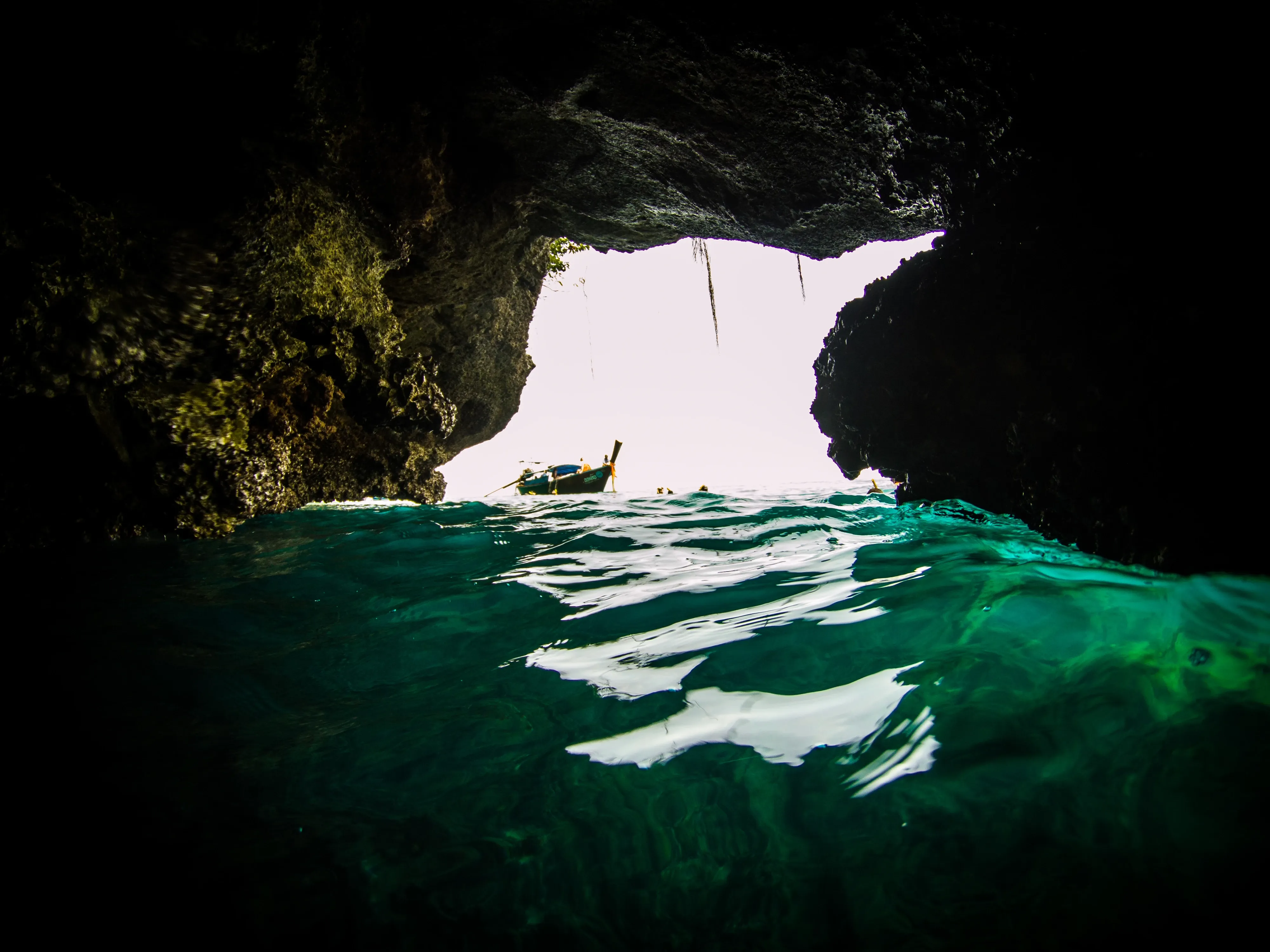
Choosing a reputable, certified dive centre or tour operator ensures your experience will be responsibly led, and that the local wildlife will not suffer at the expense of your visit. Remembering to use solely marine-safe toiletries such as sun creams and hair products is another step you can take to reduce your impact on the wildlife you encounter. Ensuring you leave nothing behind but bubbles, and take nothing away but photos, is a great and easy-to-remember policy to stick to when diving in any ecosystem, but particularly marine caves as these are unusually sensitive to outside disturbances.
Cave diving is an exciting and unique way to engage with parts of nature many people will never experience - and when done properly with care, can be an excellent way to grow your connection with wildlife and your passion for marine systems. Most ecosystems are under threat from anthropogenic pressures, so experiencing these areas first-hand can ignite deep emotional responses which can fuel movements towards increased conservation and protection - sharing your stories and memories is a wonderful way to give back, and promote positive impacts on these mystical depths of the ocean.
Sign up for the newsletter
By clicking on “Subscribe now” I will subscribe to the Conscious Explorer newsletter with all the information about mindful travel. Information on the success measurement included in the consent, the use of the shipping service provider MailChimp, logging of the registration and your rights of revocation can be found in our privacy policy.

